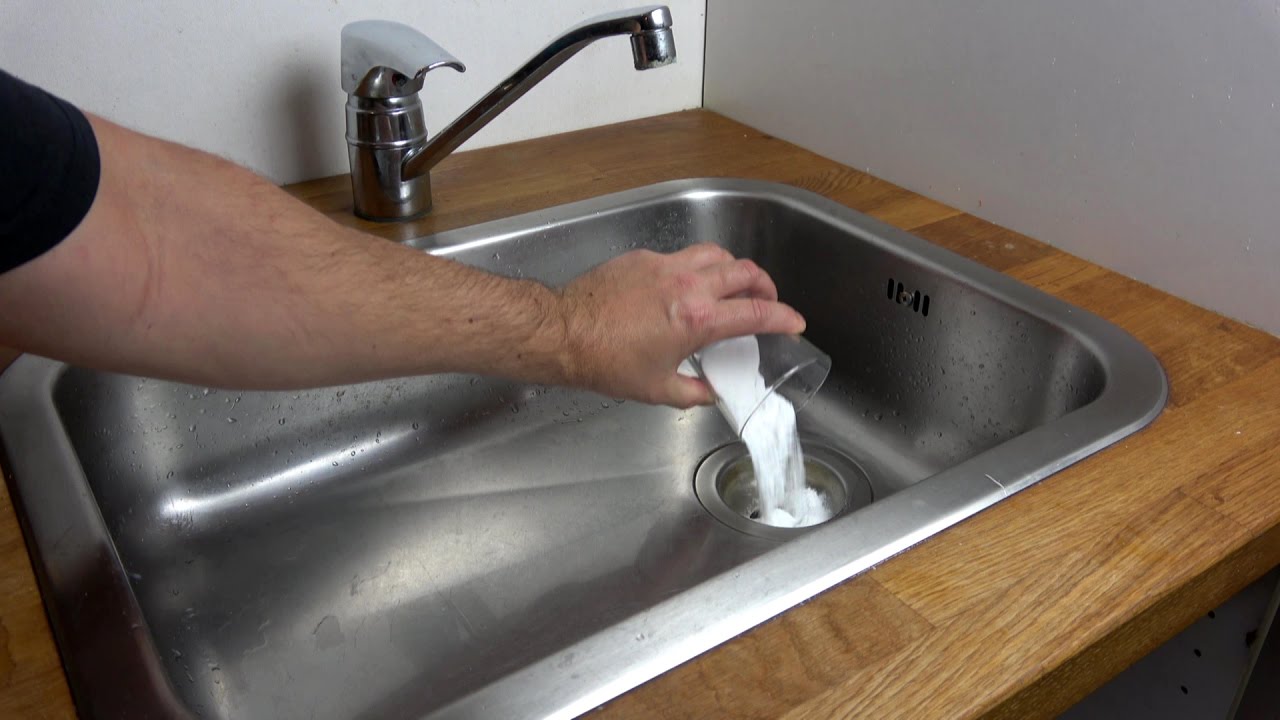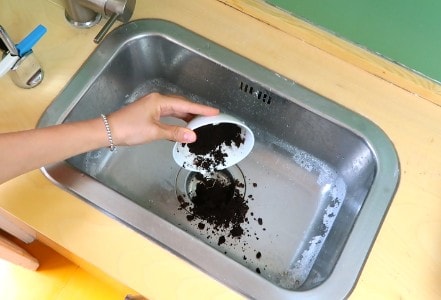Beyond The Plunger - 6 Factors Causing Your Kitchen Sink Blockage
Beyond The Plunger - 6 Factors Causing Your Kitchen Sink Blockage
Blog Article
Every person seems to have their private way of thinking in relation to Five Ways to Fix a Slow Sink Drain.

It's not typical for your cooking area sink to clog up several times in one month. If your sink obstructs twice a week, there's some problem going on.
A blocked cooking area drain does not simply reduce your chores, it deteriorates your whole plumbing system, gradually. Here are some common routines that urge sink blockages, and exactly how to prevent them.
You require appropriate garbage disposal
Reusing waste is great, however do you focus on your natural waste also? Your kitchen ought to have 2 different waste boxes; one for recyclable plastics and also an additional for organic waste, which can become compost.
Having an assigned trash can will certainly aid you and your family prevent throwing pasta as well as various other food residues away. Typically, these remnants take in dampness and also come to be blockages.
The mistake isn't from your cooking area sink in all
Maybe the problem isn't from your kitchen area sink, however the whole water drainage system. In such an instance, you may discover that other sinks as well as drains get blocked every other week. You require a specialist plumbing solution to repair this.
You're tossing coffee down the drain
Used coffee grounds and coffee beans still absorb a considerable quantity of moisture. They may seem tiny enough to throw down the drain, but as time goes on they begin to swell and take up more space.
Your coffee grounds should go into organic waste disposal. Whatever portion leaves (possibly while you're washing up) will certainly be dealt with during your monthly cleaning.
You've been eating a great deal of oily foods
Your kitchen sink may still get obstructed despite organic garbage disposal. This may be because you have a diet regimen rich in oily foods like cheeseburgers.
This oil coats the within pipes, making them narrower and even more clog-prone.
Utilize a plunger
Your pipe had not been fixed appropriately to begin with
If you've been doing none of the above, yet still get routine clogs in your kitchen area sink, you ought to call a plumber. There may be a trouble with how your pipelines were installed.
While your plumber shows up, look for any type of leakages or irregularities around your kitchen area pipes. Don't try to repair the pipelines yourself. This may create an accident or a kitchen area flooding.
A person tried to clean their hair in the kitchen sink
There's a right time and also place for whatever. The cooking area sink is just not the ideal area to wash your hair. Washing your hair in the kitchen area sink will certainly make it clog eventually unless you utilize a drainpipe catcher.
While a drain catcher might catch the majority of the fallouts, some strands might still get through. If you have thick hair, this might suffice to decrease your water drainage and eventually develop an obstruction.
There's more dust than your pipelines can deal with
If you obtain fruits directly from a farm, you might notice more kitchen area dirt than other individuals that shop from a shopping center. You can conveniently fix this by cleaning up the fruits and also veggies properly before bringing them right into your house.You need appropriate garbage disposal
My Kitchen Sink Won’t Drain - What Should I Do?
If Your Sink Has a Garbage Disposal...
Turn on the disposal. If the disposal hums and doesn’t turn, then there’s clog in the disposal unit.
Go to your circuit breaker panel, and switch off the circuit breaker to your garbage disposal.
Back in your kitchen, double-check that your garbage disposal is off by trying to turn it on. The disposal should not move, and it should not make any noise.
Lie down underneath your sink so that you can see and access the bottom of the disposal unit. Look for a hole that looks like the head of a hex-head bolt in the center of the unit.
Place an Allen wrench inside this hole and turn it from side to side until you feel a decrease in resistance and are able to rotate the wrench completely in a single direction. This action rotates your disposal’s blade manually.
Put the wrench aside, and press the disposal unit’s reset button or switch.
Flip your garbage disposal’s circuit breaker switch back on, and turn on the unit to see if the obstruction has cleared. If it hasn’t, repeat the steps above until the obstruction is removed.
How to Unclog a Kitchen Sink Drain
If you have a double bowl sink, seal one side of the sink with an airtight lid or a second plunger before plunging the other side. Otherwise, you won’t be able to create adequate suction.
Place the cup of the plunger completely over the drain opening.
Turn on the faucet, and let the water run until it completely covers the cup of the plunger.
Start plunging by pushing the plunger down and pulling up again in order to build up suction. Make sure that the edges of the plunger stay in contact with your sink, or else you’ll lose the suction.
If you have trouble forming a seal between your sink and plunger, add petroleum jelly to the mouth of your plunger, and try again.
Plunge about five or six times before removing the plunger to see if water starts to drain properly. In some cases, you’ll even be able to feel the clog become dislodged while you plunge because suddenly there will be much less resistance. Repeat the plunging process until the clog clears.
Once water is draining properly again, run hot water down the drain for 5 minutes to help clear away grease, grime, and debris from the clog. https://www.plumbingjoint.com/blog/2019/august/my-kitchen-sink-won-t-drain-what-should-i-do-/

My Kitchen Sink Won’t Drain - What Should I Do?
If Your Sink Has a Garbage Disposal...
How to Unclog a Kitchen Sink Drain
https://www.plumbingjoint.com/blog/2019/august/my-kitchen-sink-won-t-drain-what-should-i-do-/
As a keen reader on What To Do When Your Kitchen Sink Won’t Drain, I figured sharing that excerpt was essential. Do you know somebody else who is fascinated about the niche? Why not share it. I cherish reading our article about What To Do When Your Kitchen Sink Won’t Drain.
Quote
Report this page